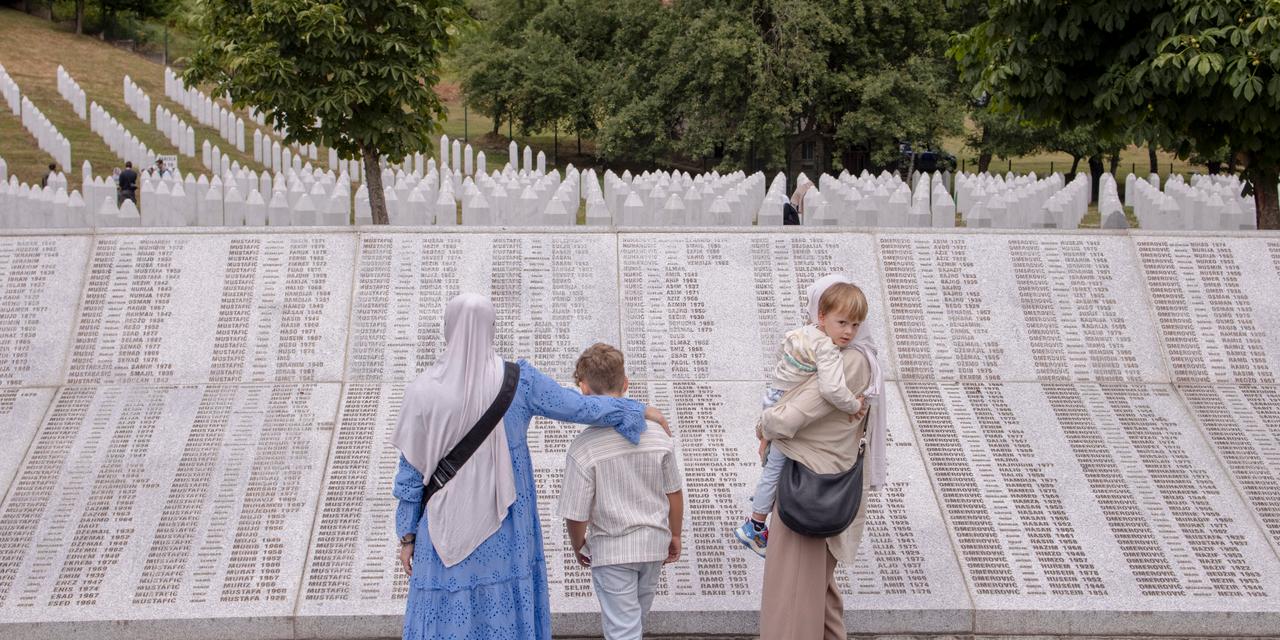


Srebrenica massacre commemoration: 30 years later, the enduring bitterness of grieving families
FeatureThousands of Bosnians gathered at the site of the largest massacre of civilians in Europe since the end of World War II. Many drew parallels between the 1995 genocide and the current situation in Gaza, believing that 'the world has learned nothing,' while others lamented the absence of Serb political leaders.
Lips pressed together and eyes teary, Zejad Avdic carried his brother's coffin through an emotional crowd. On Friday, July 11, exactly 30 years after the start of the Srebrenica genocide, this French-Bosnian carpenter who lives near Pontarlier (eastern France) could finally mourn Senajid, whom he last saw in 1995, when his brother was 16. "For years, we hoped to be able to bury more than just his jawbone, which was found in 2010, but the identification center told us it was rare to find any other remains," explained the man in his 40s, with salt-and-pepper hair, surrounded by his family and thousands of Bosnians attending the 30th anniversary commemoration of the largest civilian massacre in Europe since the end of World War II.

As each year, victims identified over the past 12 months or whose families had finally agreed to burial were laid to rest on this occasion. "It had to be done while I am still alive," said Husein Avdic, Zejad's 71-year-old father, before his son's coffin was quickly covered with earth, according to the Bosnian Muslim rite.
Zejad Avdic lost track of his brother during the Bosnian war, when the Serb forces led by General Ratko Mladic took control of Srebrenica, a Bosnian enclave that was supposed to be protected by Dutch United Nations forces. While Zejad managed to escape by walking for six days with thousands of other men in terrible conditions toward areas held by Bosnian fighters, Senajid, who was 19 at the time, never made it to safety.
You have 68.52% of this article left to read. The rest is for subscribers only.
